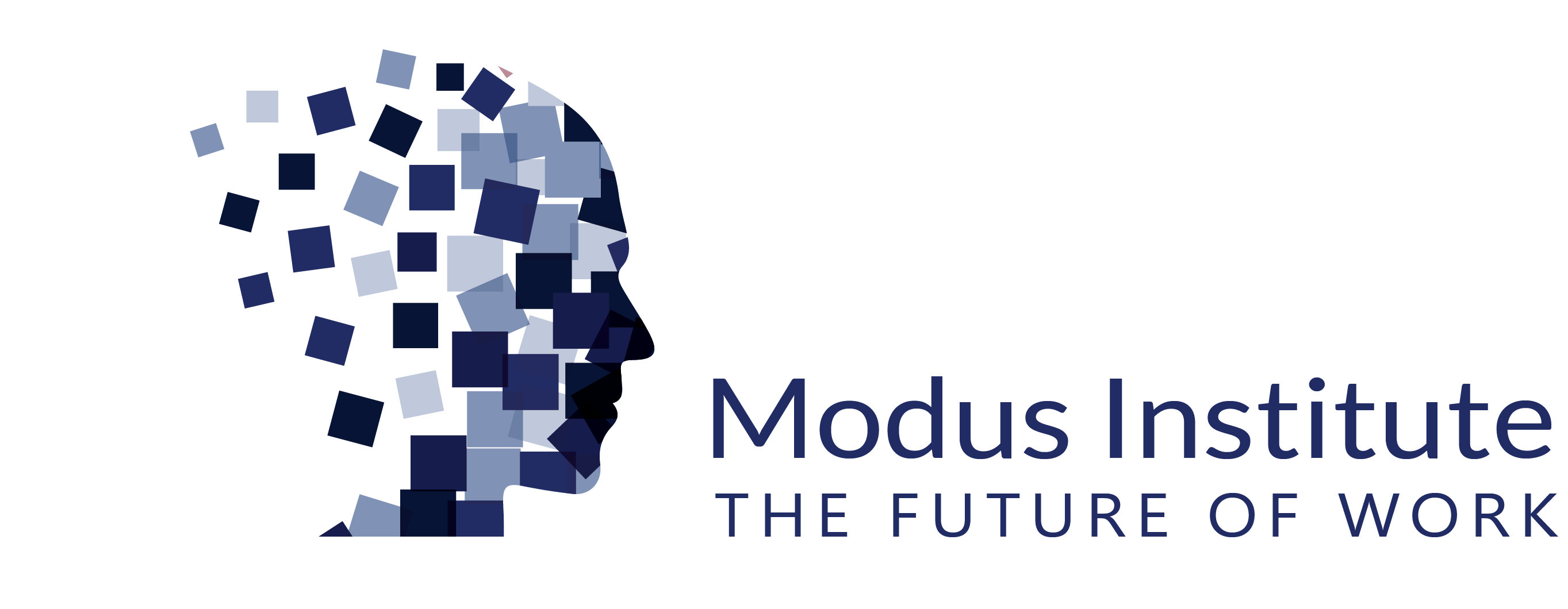Reflections from Our First WIP Whisperer Workshop
Yesterday we kicked off the first session of our WIP Whisperer workshop at Modus Institute, and I'm still buzzing from the energy and insights shared. When you gather thoughtful professionals who immediately recognize how toxic and operations interact in their own environments, magic happens.
In Kanban and even in Agile we want people to limit the WIP (work in progress). This usually expects that “work” is linear, governed entirely by standard work, and task based. It expects that emergent work is a logical outgrowth of the scheduled work or new customer need.
But this isn’t how work happens. Work is generally a lot of people, in one organization, trying to get things done with little social structure. This means that most “work” is actually the governing of expectations, interactions, and administration.
For this reason, our first 2-hour session focused on the "people side" of Work-In-Progress: Self-Inflicted WIP and Leadership-Induced WIP. These are types of work in progress that actually do come from people. These people and their systems cross-influence, but these are types of overload specifically in people’s zones of control. (The second covers more systemic causes of out of control WIP).
We covered:
Self-Inflicted WIP
- MartyrWIP: Overcommitting out of a desire to help, leading to context demolition and progress illusion.
- GuerillaWIP: Secretly fixing problems or improving systems outside official channels, creating undocumented work, unknown overload, and personal risk..
- HeroWIP: Being the indispensable expert, creating bottlenecks and burnout.
- FOMOWIP: Attending everything out of fear of missing out, sacrificing deep work for constant connection.
- DelegationWIP: Assigning work but mentally carrying the burden, leading to monitoring overload.
Leadership-Induced WIP
- ProxyWarWIP: Navigating conflicting leadership priorities.
- WeaponizedAmbiguityWIP: Dealing with vague direction and the resulting cycle of clarification and self-doubt.
- BentRealityWIP: Leadership ignoring real problems, forcing teams to over-document and question their own perceptions.
- BaitAndSwitchWIP: Projects that change direction midstream, requiring constant realignment.
- StrategicVacuumWIP: Teams disconnected from true strategic goals, leading to parallel priorities and wasted effort.
Conversation flowed naturally as we all worked together to connect concepts to lived experiences. When we introduced WeaponizedAmbiguityWIP, Mark immediately shared stories of organizations demanding "just put AI in" without clarity. Igor insightfully asked if "BaitAndSwitch is an a form of "WeaponizedAmbiguity" - prompting a nuanced discussion about how WIP types interconnect. Jason reflected, "Some good and some bad approaches here - amazing how closely related they can be."
Indeed there were many types of WIP and responses to it that were amoral, they could help or do some serious harm, if we were only aware it was happening and, alas, it's more often the weaponized versions of these WIP that are intentional. We need to understand them more in order to apply them or avoid them as healthy work would dictate.
At Modus, we created this workshop because excessive WIP is drowning professionals everywhere, costing organizations nearly $917 billion annually while destroying wellbeing. Yet most people can't name or tame these invisible workloads. Watching participants use our Miro board to map their current coping strategies (many unhealthy!) confirmed we're addressing a universal pain point.
What makes this format powerful is its hybrid nature - we blend structured teaching with collaborative affinity mapping and discussions where participants direct the conversation. The first 45 minutes provide a framework and common language; the remaining time creates space for real-world application. Visual collaboration tools allow everyone to contribute simultaneously, making the learning immediately applicable rather than theoretical.
We deliberately divided the workshop into two sessions - "people-focused" WIP (May 7) and "systems-focused" WIP (May 14). This separation recognizes that while some overload stems from our own habits and leadership dynamics, other forms are embedded in organizational structures beyond individual control. Understanding this distinction is critical for knowing where and how to intervene.
What struck me most was how quickly the group formed a community of practice. This first call was getting to know each other and more lecture than conversation, but as we continue, the group will evolve and continue to discuss these issues. They are deep, they are pervasive, and WIP especially highlights the interplay between relationships and the flow (or flood) of work.
No kanban practitioner can hope to manage WIP without understanding these concepts and mechanisms.
This is why I do this work - watching people recognize themselves in these patterns, share their (sometimes painful) stories without judgment, and leave with both validated experiences and practical tools to reclaim their agency.
Next week we tackle Communication-Deficient and Structural/Systemic WIP. If you're drowning in invisible workloads, there are still seats available for the second half and recordings of both sessions at https://modusinstitute.com/course/wip-whisperer. Also, if you sign up now, we’ll have future “launch calls” like these two that you can join.
What's your most challenging type of WIP? The one that keeps showing up no matter how hard you try to tame it?
#WIPManagement #ProductivityKillers #WorkplaceWellness #VisualManagement #LeanThinking
